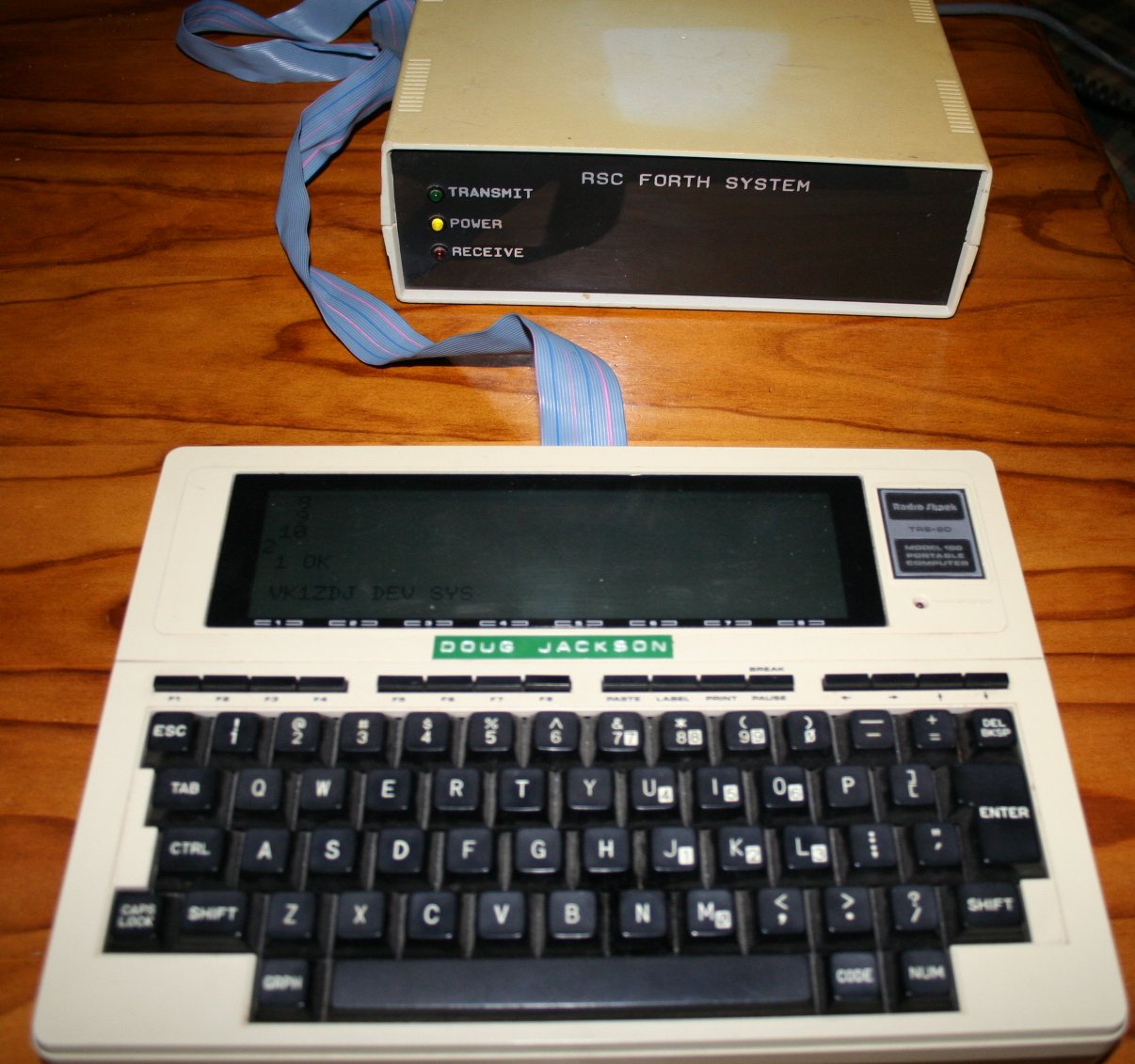
When I was a trainee in the Electronics Lab at the Research School of Physical Sciences at the Australian national university, we used Forth to control systems. Tom Rhymes had designed a locally developed Z80 STD bus board, and I modified a version of the Z80 Fig Forth to allow auto boot of words and storage using 2816 EEPROM devices, but I digress.
At the time, one of the local electronics magazines published an article in conjunction with a Queensland company called Energy Control about a RSC Forth system using a 65F11 chip. the nice thing about this chip was the fact that it provided a 5.25″ floppy controller, allowing forth screens to be written to mass storage. I decided that I needed one, so I send them a cheque, and waited for the kit to arrive.
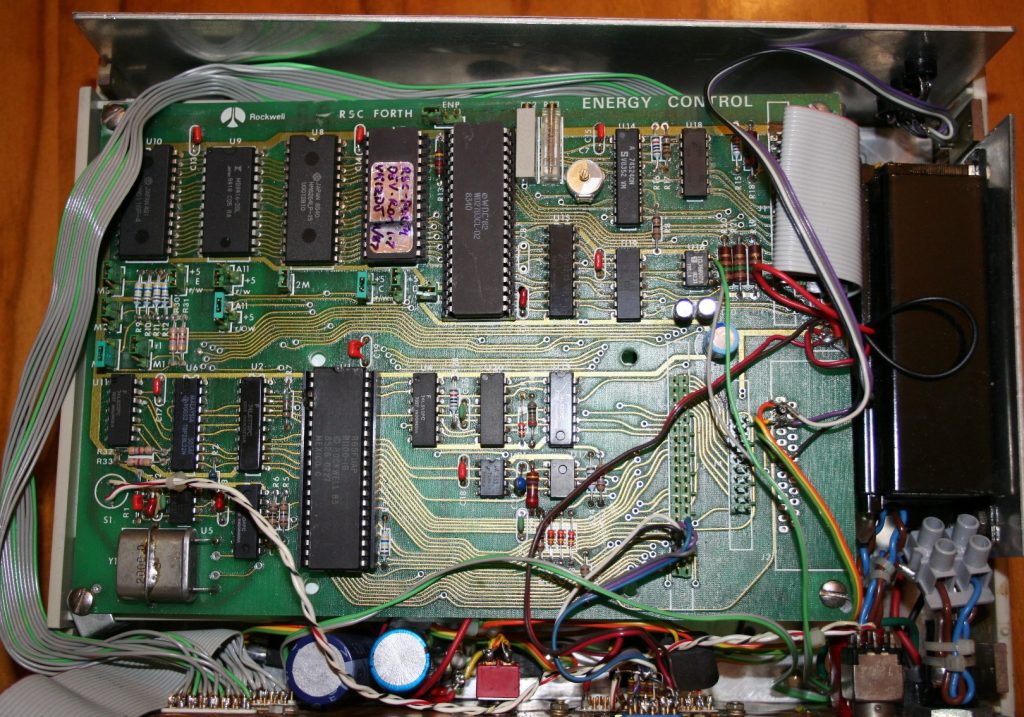
Once the board arrived, I populated it, and installed it into a Dick Smith project box. I used a standard ferguson +/- 15V and +8V transformed from the era and used linear regulators for the +/- 12V and +5v rails. I was clearly not loaded with money, as I didn’t waste money on PCB connectors 🙂
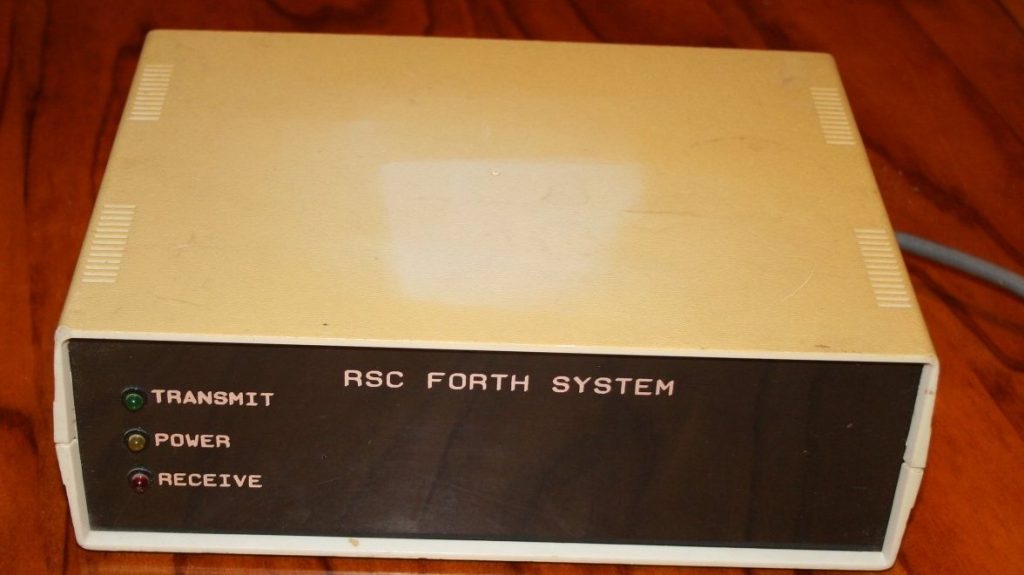
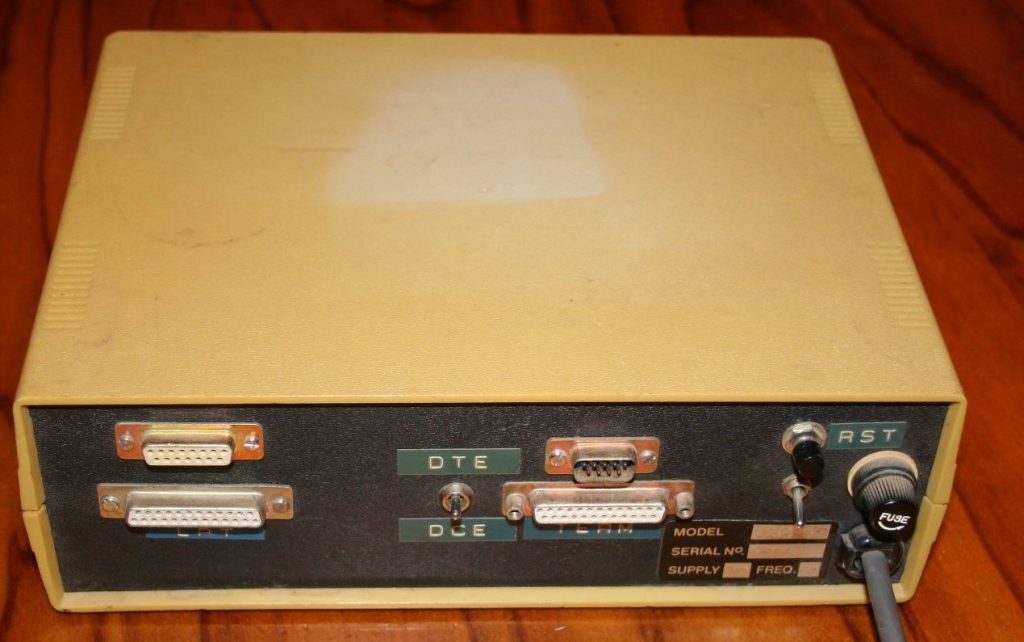
As you can see from the rear panel, it was fully loaded as far as I/O was concerned, with a connection for an external floppy (DA15), and Parallel Printer port (DB25) and All serial options (DB25 / DE9) with a DCE/DTE switch to flip TX and RX, allowing most serial issues to be sorted on the spot. The device did not support hardware flow control. I doubled the clock speed, so the default console baud rate was 2400 Baud.
A quirk of the RSC forth software was that it needed 2400 Baud, even parity and two stop bits.
Origibally I installed a 5.25″ drive, but eventually 3.5″ drives were cheap enough that I installed one.
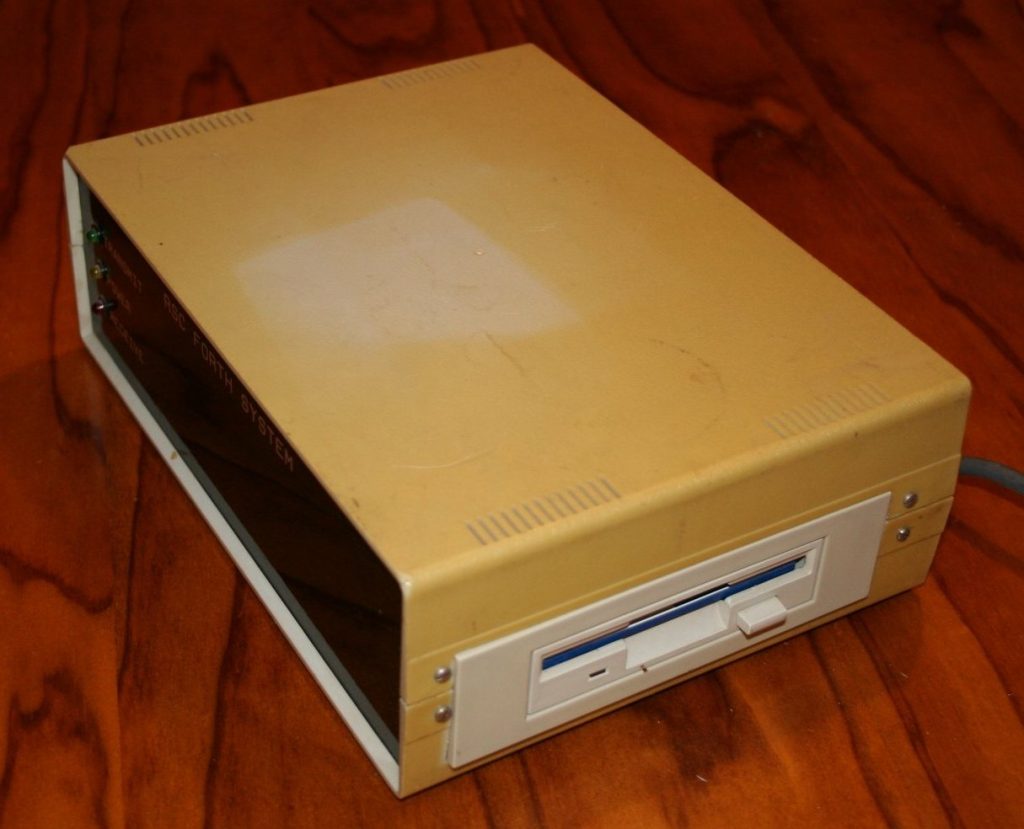
in use, I would normally use my trusty model 100 computer
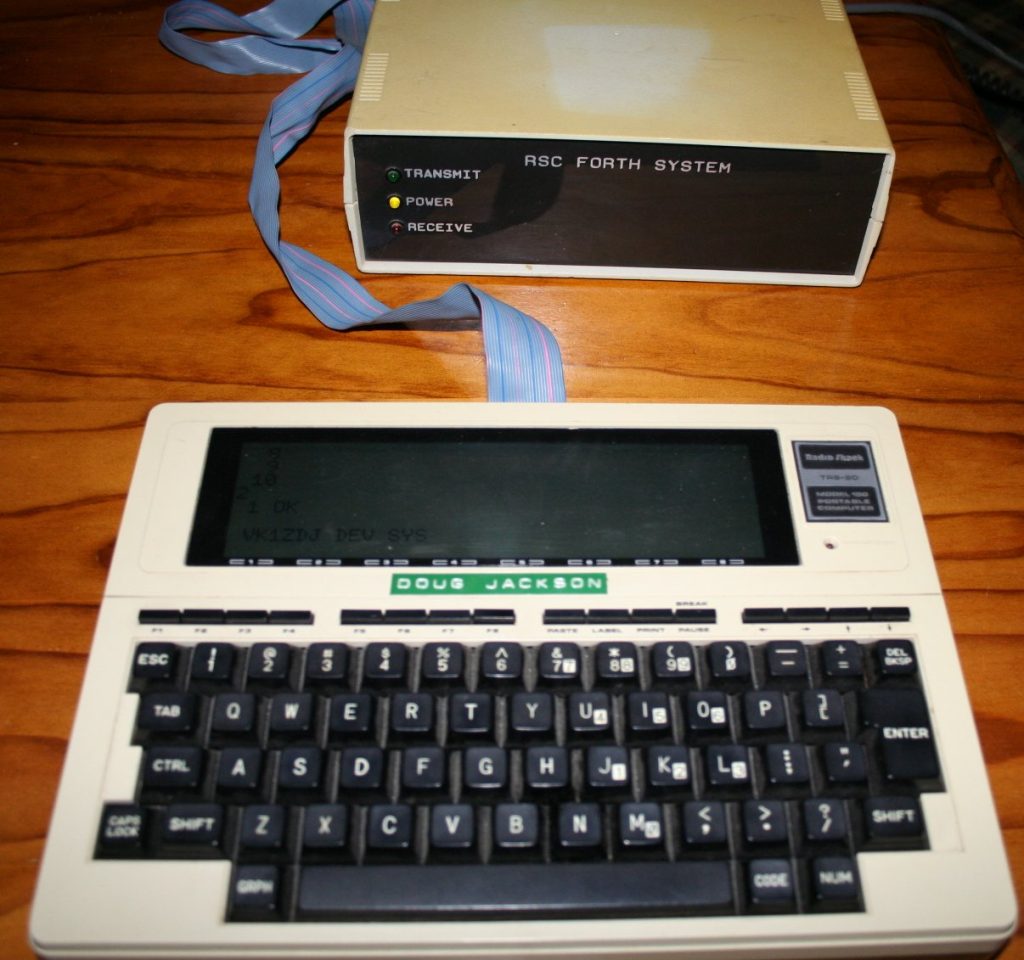
As far as software was concerned, RSC forth was beautifully documented:
Here are some copies of the various development documentation including the project article:
As you can see from the Application Note, Energy Control simply used the Application Note design in their project and updated the silk screen to have their name on it. I love a good tape layout 🙂
I have archived the original ROM that came with the board here:
In all it was a fun system – I designed a remote disk subsystem for the TRS80 model 100 with it, but from memory I could never get a suitable host side of the interface working – In reflection, I should have used the TRS-80 PDS protocol, but that would not arrive for a couple of years, by then I had moved onto other things. The perils of being young.

